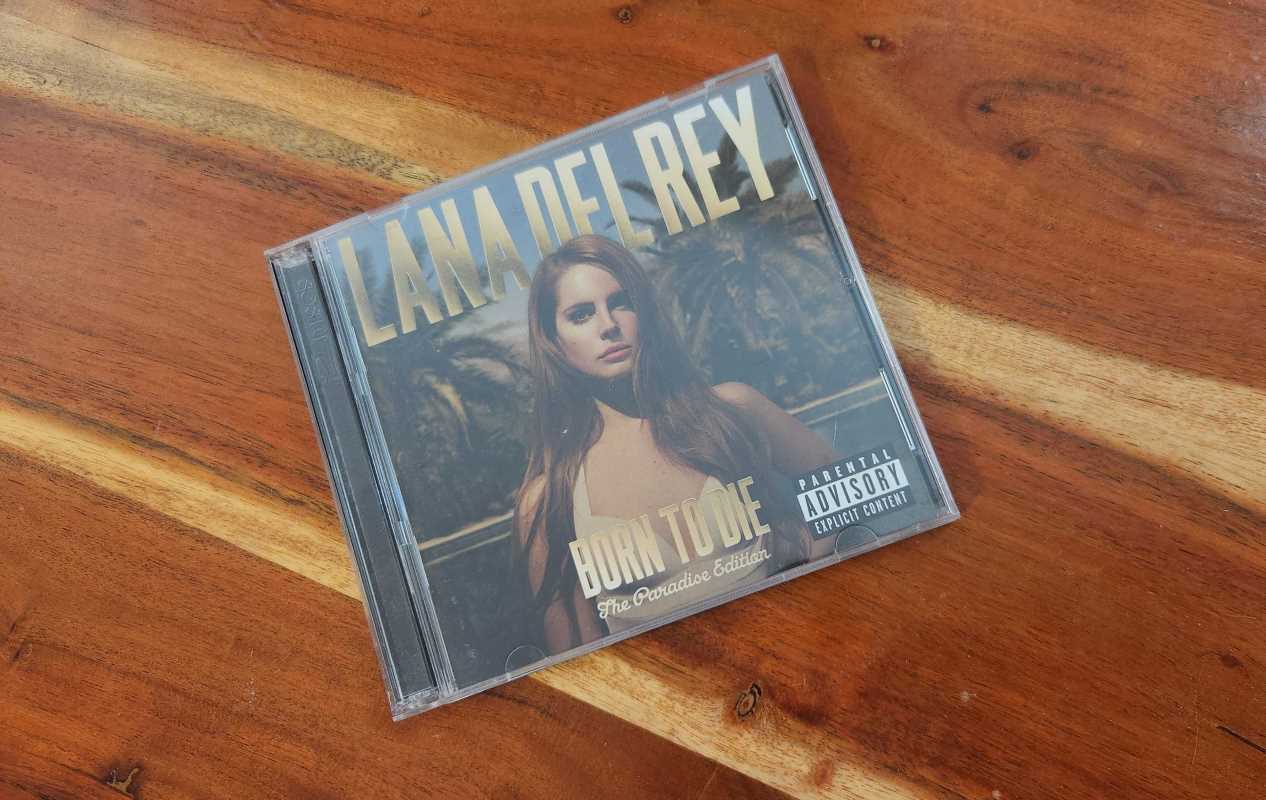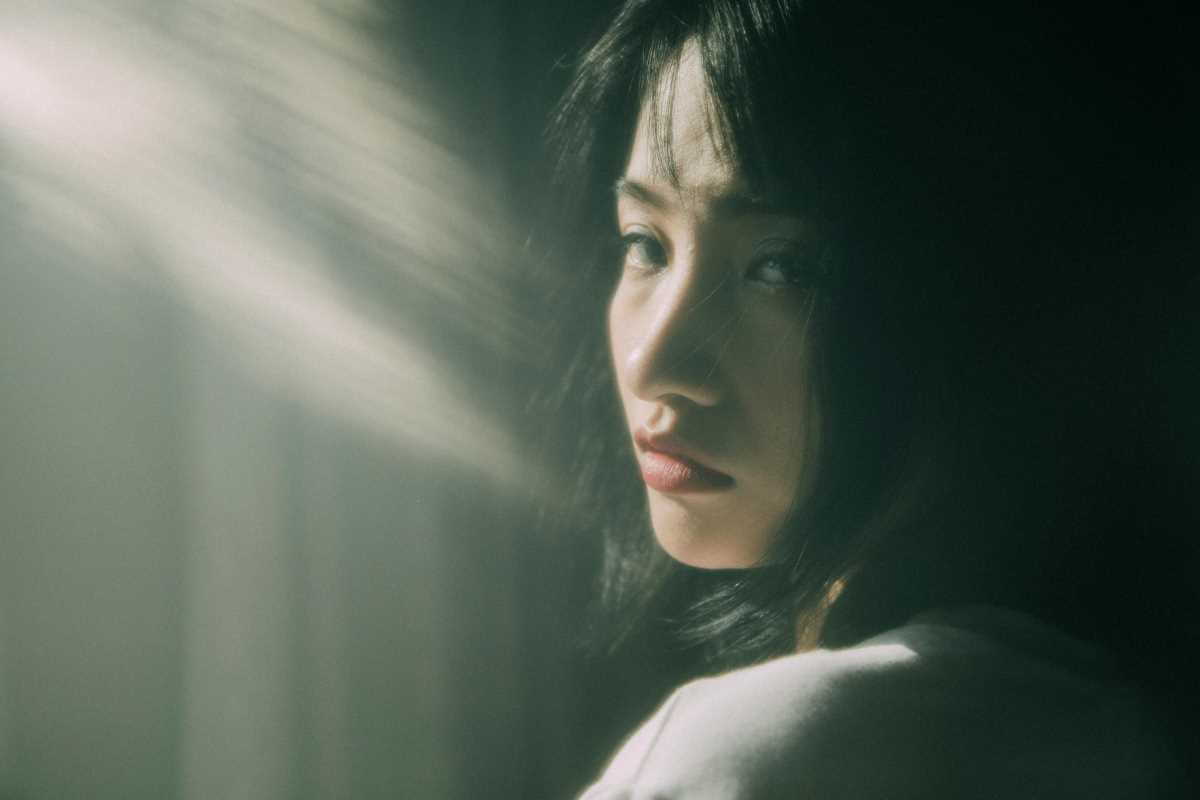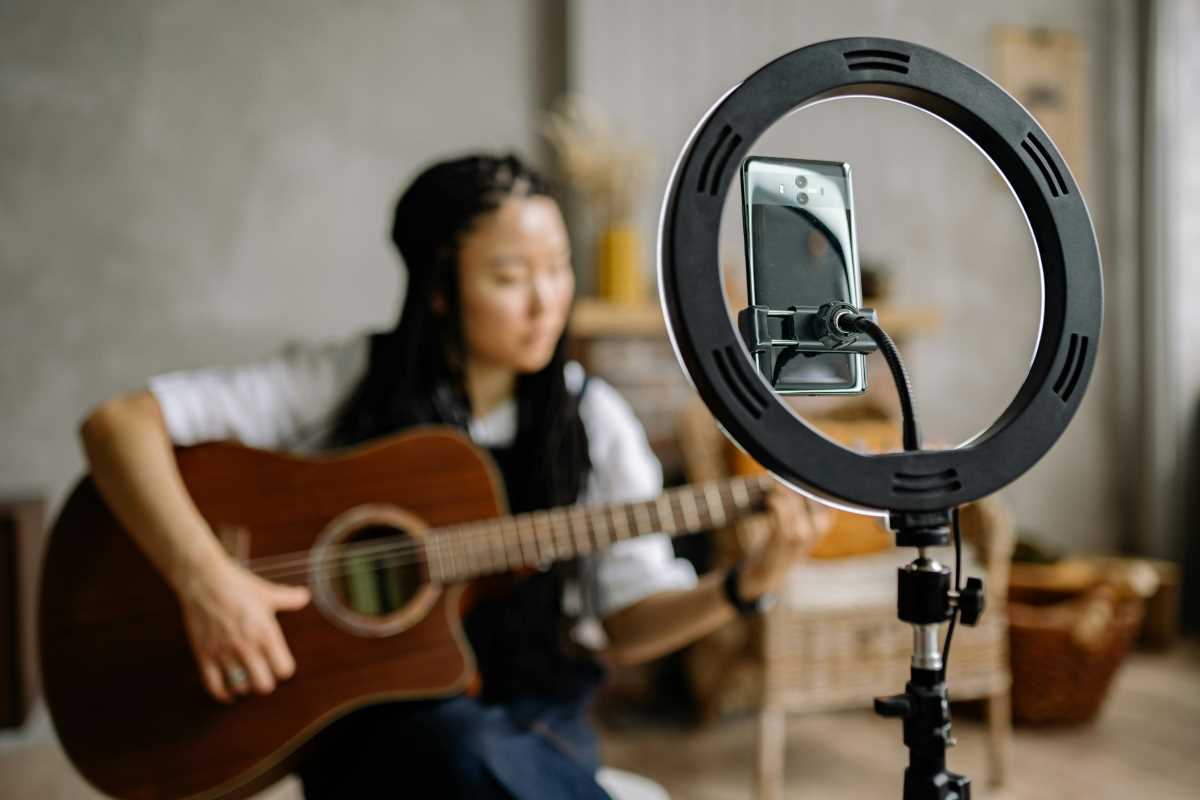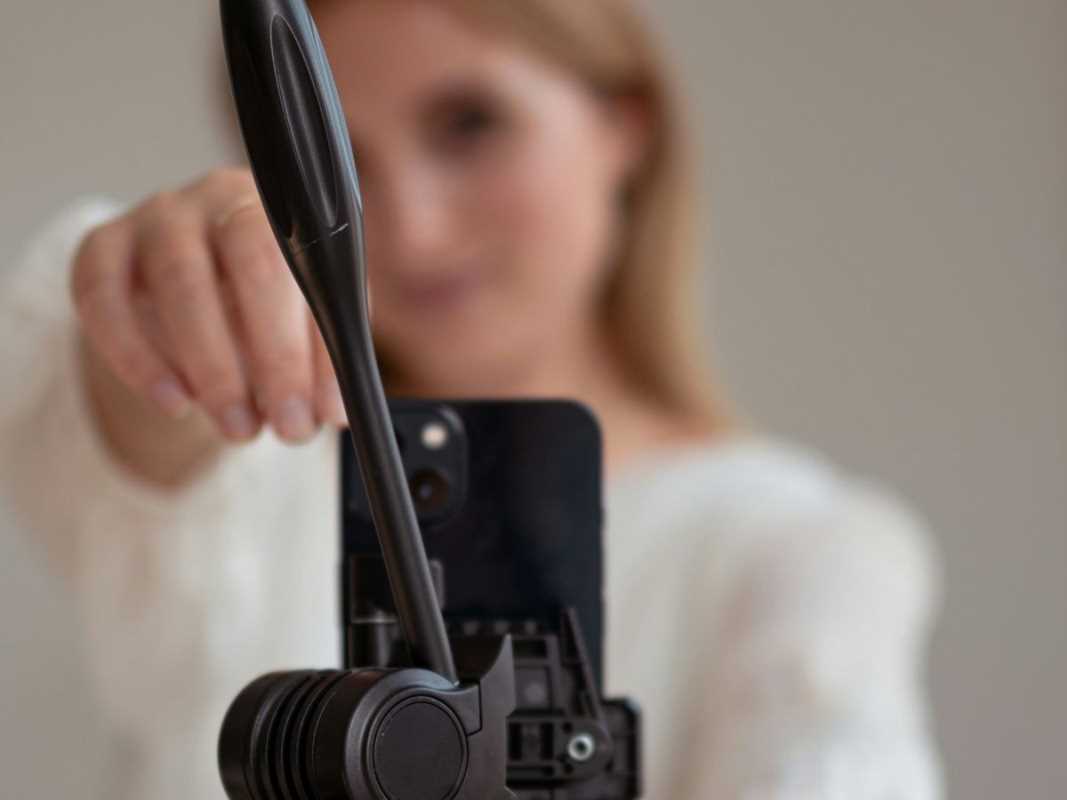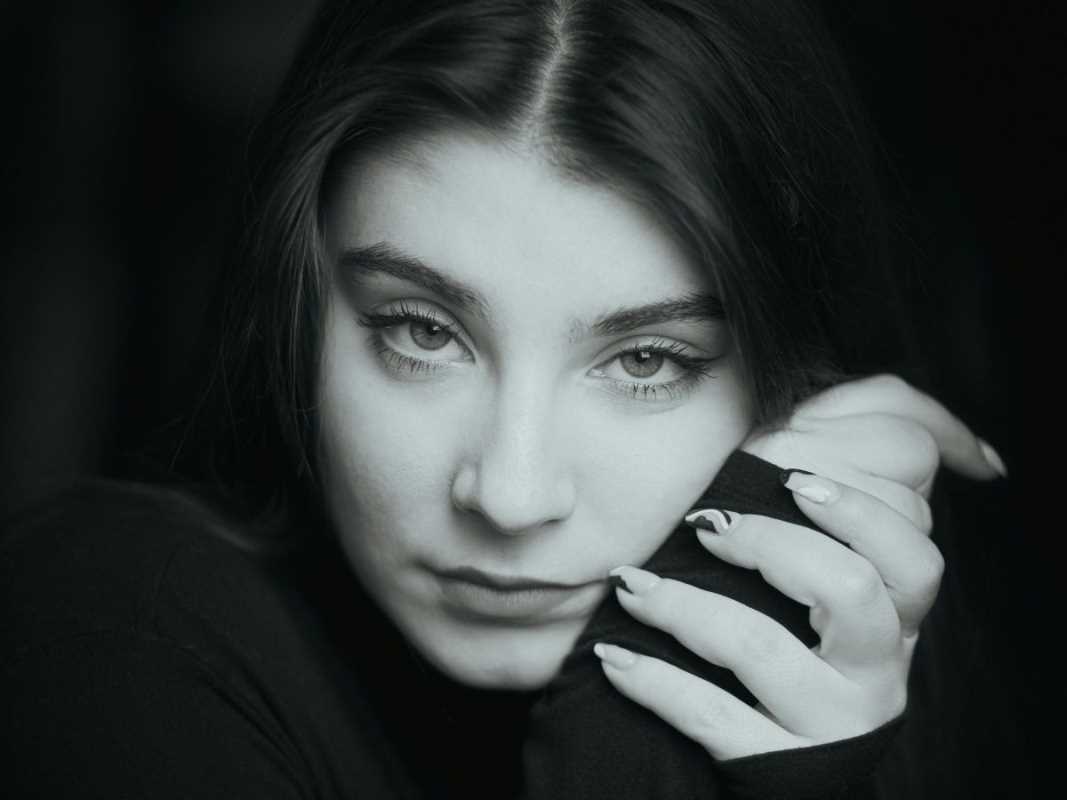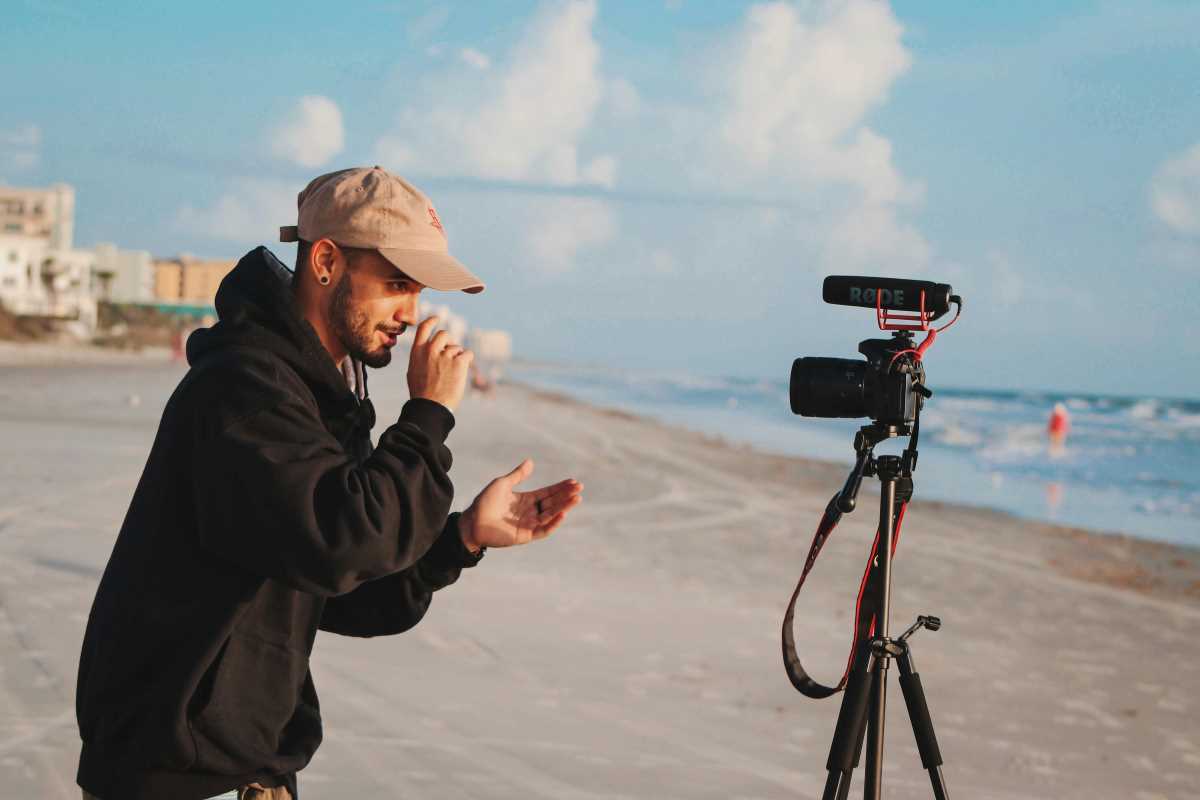The documentation of craftsmanship is a critical component of brand positioning for elite costume designers. Step-by-step time-lapse videos offer a sophisticated and effective medium for showcasing the intricate processes behind bespoke costume construction. This format condenses hours, or even days, of meticulous labor into a concise and compelling visual narrative, providing discerning clients and industry collaborators with a transparent view of the artistry involved.
This document provides a formal procedure for creating and promoting time-lapse videos of costume construction. It outlines strategies for content creation, including technical setup and narrative editing, and details methods for leveraging these assets to enhance professional standing, attract clientele, and cultivate an engaged audience. Adherence to these protocols will ensure the production of marketing materials that reflect the high standards of bespoke craftsmanship.
I. Technical Framework for Time-Lapse Video Production
The quality of the final video asset is contingent upon a precise and well-planned production process. A professional presentation requires careful attention to camera setup, lighting, and post-production editing.
A. Camera and Equipment Setup
A stable and consistent visual field is mandatory.
- Camera Positioning: Secure a camera in a fixed position using a tripod or overhead mount. This position must provide a clear, unobstructed view of the workspace and remain unmoved throughout the entire construction process to ensure a smooth final video.
- Recording Device: A dedicated camera, such as a DSLR or mirrorless camera with an intervalometer function, is preferable. Many modern smartphones also offer reliable time-lapse capabilities, but they must be connected to a power source for long recording sessions.
- Lighting: Consistent, high-quality lighting is non-negotiable. Natural light is variable and should be avoided as the primary source. Utilize professional studio lighting to ensure uniform illumination from the beginning of the project to its completion. This eliminates flicker and color shifts in the final video.
B. The Art of Narrative Editing
Post-production is where raw footage is transformed into a compelling story.
- Pacing and Storytelling: The time-lapse should not be a monotonous, single-speed sequence. Vary the speed to create a dynamic narrative. Accelerate through repetitive tasks such as machine sewing straight seams, and slow down to highlight moments of intricate detail, like hand-beading or complex pattern drafting.
- Incorporate Key Moments: Intersperse the time-lapse with short, real-time video clips or high-resolution still photographs of critical construction details. This allows viewers to appreciate the fine craftsmanship that may be lost at high speed. A close-up of delicate embroidery or a perfectly set sleeve provides a moment of focus and admiration.
- Music and Sound Design: Select a score that complements the mood of the piece and the pace of the edit. Instrumental music is generally preferred as it does not distract from the visuals. The addition of subtle sound effects, such as the snip of scissors or the whir of a sewing machine at key moments, can enhance the viewer's sensory experience.
II. Strategic Distribution Across Digital Platforms
The selection of a distribution platform must align with the target audience and the visual nature of the content. Each platform requires a tailored approach to optimization.
A. Primary Platforms for Visual Storytelling
- Instagram: This is a primary platform for visual artists. Post a one-minute version of the time-lapse to the main feed and the full-length video to IGTV or as a Reel. Use Instagram Stories to share behind-the-scenes clips and to tease the final reveal of the costume.
- YouTube: As the premier platform for long-form video, YouTube is the ideal host for the definitive version of your time-lapse. A well-produced, high-resolution video can serve as a permanent and powerful portfolio piece. The detailed description section allows for a full narrative of the project, including materials used and techniques employed.
- TikTok: The fast-paced nature of TikTok is well-suited for short, highly engaging clips. Create 15- to 30-second edits that focus on the most visually satisfying moments of the construction process. "Before and after" formats are particularly effective on this platform.
B. Optimizing Content for Maximum Impact
Each video should be optimized for its respective platform to maximize engagement.
- Descriptive Titles and Captions: Use clear, descriptive titles. Instead of "New Project," use "Constructing a Silk Gown: A Time-Lapse." In the caption, narrate the process, detail the materials, and share an anecdote about the project.
- Strategic Hashtags: Utilize a mix of broad and niche hashtags. Combine general tags like
#CostumeDesignand#Fashionwith specific tags such as#HistoricalCostumingor#BespokeTailoringto reach a targeted audience. - Collaboration and Tagging: When appropriate, collaborate with other creators, such as the performer who will wear the costume or the photographer who will shoot it. Tag all relevant parties, including fabric suppliers or pattern companies, to expand the content's reach to their respective audiences.
III. Leveraging Time-Lapse Videos for Professional Advancement
These videos are more than content; they are strategic assets for business development and brand elevation.
A. Demonstrating Unparalleled Craftsmanship
A time-lapse video offers incontrovertible proof of skill. It allows potential clients to witness the level of detail, precision, and care invested in each creation. This transparency builds trust and justifies a premium price point. It moves the conversation from the final product's appearance to the intrinsic value of the process itself.
B. Attracting a Discerning Clientele
High-net-worth individuals and production companies seek out artists who demonstrate mastery and reliability. A portfolio of professionally produced time-lapse videos signals a high level of organization and a serious approach to one's craft. It functions as a dynamic case study, showcasing not just what you can make, but how you make it.
C. Building an Engaged and Loyal Audience
Sharing your process fosters a deep connection with your audience. Followers who witness the journey of a garment's creation become invested in the final outcome. This narrative approach transforms passive observers into active supporters of your brand, creating a community that values the artistry behind the product.
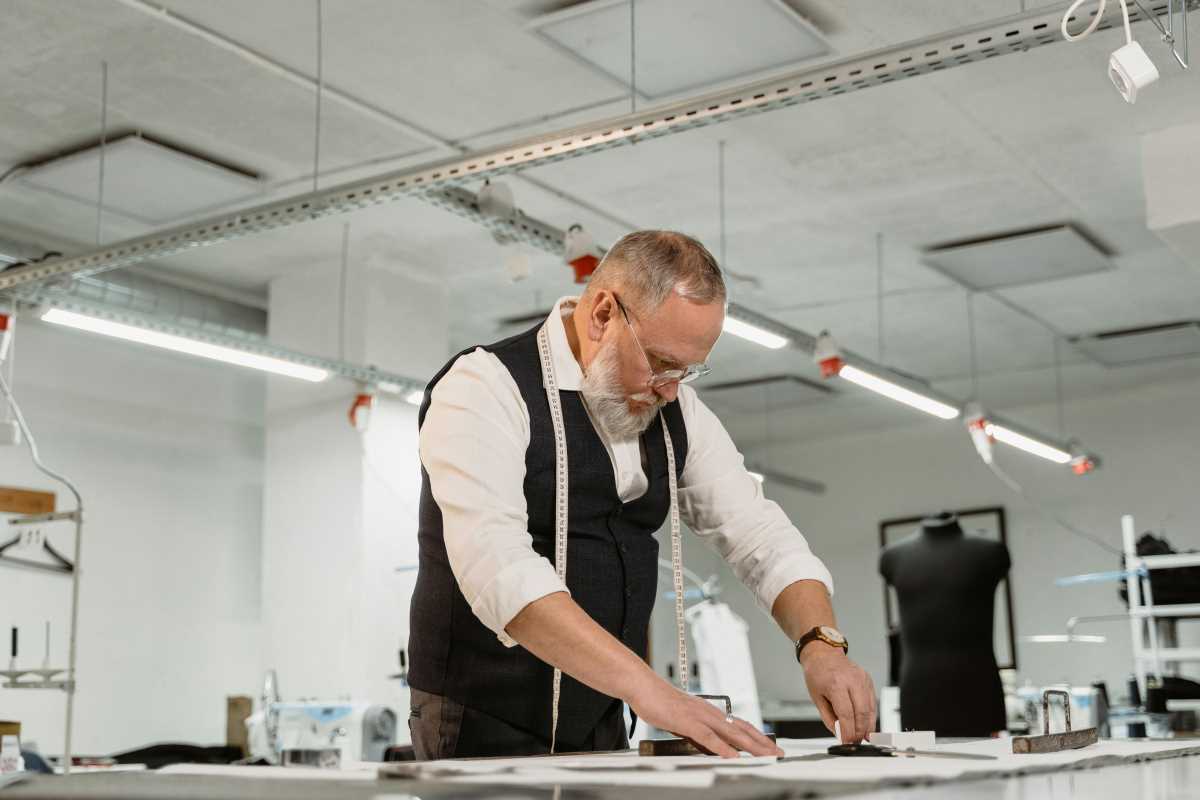 (Image via
(Image via